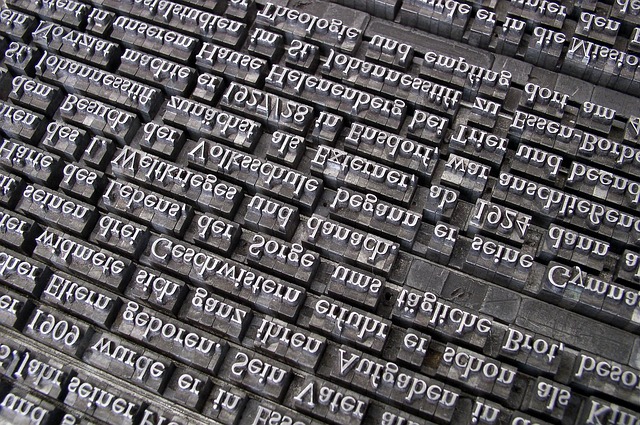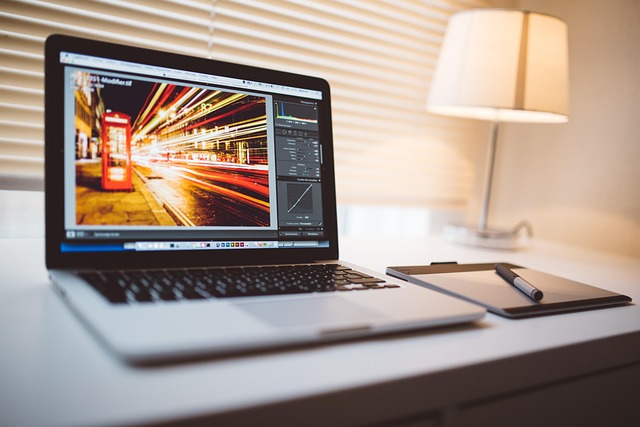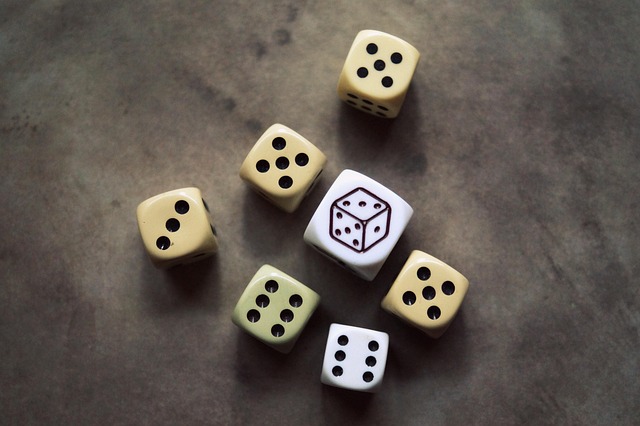Set design is a crucial element in the storytelling process of television, as it transforms a script into a visual landscape that draws viewers into the narrative. The integration of cutting-edge technology and innovative techniques has revolutionized how set design is conceived, allowing creators to push boundaries in visualization and display technology.
When we think about TV and its rich tapestry of stories, we often overlook the pivotal role that set design plays. It’s not just about choosing the right colors or props; it’s about creating an atmosphere that resonates with the audience on a deeper emotional level. Whether it’s the cozy living room of a sitcom or the stark, metallic environment of a sci-fi series, set design conveys character, mood, and context, weaving a visual narrative that enriches the overall viewing experience.
As technology evolves, so does the potential for set design. Modern television productions utilize advanced monitors and display technology to enhance the visual appeal of their sets. High-resolution displays can simulate intricate backgrounds and environments, allowing for dynamic, immersive experiences. Imagine a scene set in a bustling cityscape, where the realistic digital backdrop not only complements the action but amplifies the story’s intensity.
The use of digital canvases in set design enables designers to visualize scenes in real-time, collaborating seamlessly with directors and cinematographers. This synergy allows for adaptations on the fly and ensures that artistic visions are faithfully translated into the final product. With the right technical tools, the once-static world of set design has transformed into a fluid, malleable creation that can instantly respond to narrative needs.
Moreover, augmented reality (AR) and virtual reality (VR) technology are beginning to influence set design in exciting ways. These technologies allow for the blending of physical and digital spaces, enabling storytellers to craft entirely new environments that engage viewers like never before. With AR, traditional set designs can be enhanced with interactive elements, while VR opens doors to exploring vast, immersive worlds that were previously confined to imagination.
Display technology has also taken giant leaps forward, with advancements in LED and OLED screens providing vibrant colors and unprecedented clarity. These technologies give set designers the tools they need to create striking visuals that captivate audiences, ensuring that audience engagement is at an all-time high. The interplay of light and shadow in a well-designed set can evoke emotion, reinforce themes, and transport viewers into the heart of the story.
Set designers now have a plethora of tools at their disposal that allow them to experiment with new techniques and evolve their craft. The marriage of traditional artistry and technological innovation in set design not only creates a visually stunning product but also fosters a deeper connection between the viewer and the narrative. By mastering the art of set design, creators are able to make television experiences that resonate long after the final credits roll.
In a world where content is constantly evolving, the role of set design remains as vital as ever. With the help of innovative technology and a keen understanding of visual storytelling, set designers are the unsung heroes who craft the spaces where our favorite characters live, love, and struggle, bringing our stories to life in ways we never thought possible.




